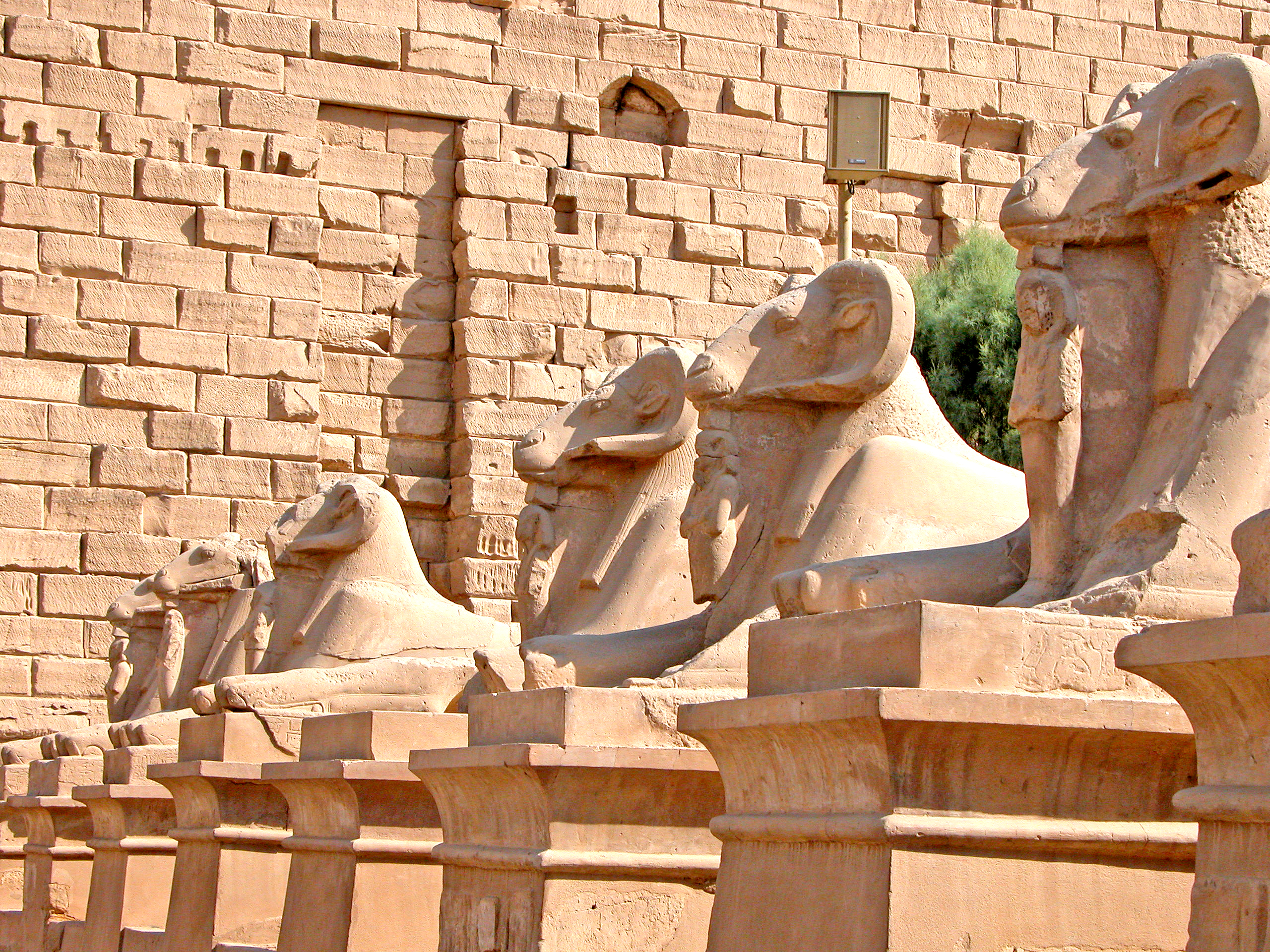The skulls date back to the Ptolemaic period, a period covers roughly three centuries up until the Romans conquered Egypt in 30 BC. Along with the ram heads were mummified ewes, dogs, cows, gazelles, mongooses and wild goats were found within the temple.
According to a statement from the tourism and antiquities ministry said. the mummified animals are believed to be votive offerings to show continuing reverence for Ramses II roughly 1,000 years after he died.
Ramses II was an ancient Egyptian pharaoh and the third ruler of the Nineteenth Dynasty. He is commonly known as ‘Ramses the Great”. In ancient Greek sources, he was also called Ozymandias. The most common estimates but his age at death as 90 or 91.
Along with the mummified animals, the excavation team found a large palatial structure with walls measuring around 5 metres in thickness from the sixth dynasty of the Old Kingdom. This dates the structure at roughly 4,000 years old.
Additionally, several statues, papyri (an ancient form of paper), leather garments and shoes, ancient tree remains were discovered at the site.
The excavations were performed by a mission from Institute for the Study of the Ancient World at New York University.
The head of the archaeological mission, Sameh Iskander, was excited by the find. Iskander believes that the structure may help to “re-establish the sense of the ancient landscape of Abydos before the construction of the Ramses II temple.”
Abydos is located in the Egyptian governorate of Sohag — more than 400 km south of Cairo — and is one of Egypt’s more significant archaeological sites. It was a pilgrimage centre for worshipping of the Egyptian god Osiris, as well as a necropolis for royalty in early ancient Egypt.






